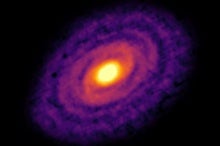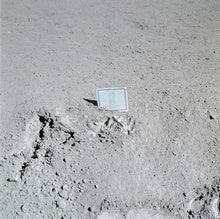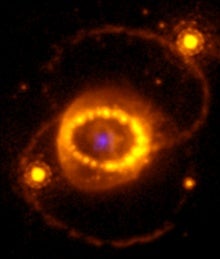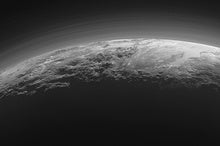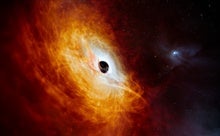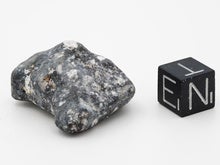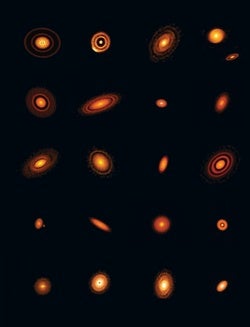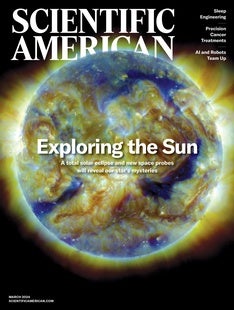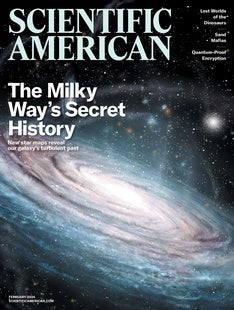 |
| February 23, 2024 |
This week, we're celebrating the first chapter in a new space odyssey. Odysseus (nicknamed Odie), the lunar lander built and operated by the private company Intuitive Machines, is now on the moon, nestled in a crater called Malapert A near the lunar south pole. This marks the first time that a commercial spacecraft has soft-landed on another celestial body. It's also the first time since 1972 that a U.S. spacecraft has reached and operated on the lunar surface. Although communications with Odysseus remain limited for reasons yet unclear, the spacecraft's landing is a milestone in the push for government and private industry alike to reinvigorate lunar exploration, and paves the way for more ambitious missions in the future. Our story has more details. Elsewhere this week, we have stories about breakthrough studies of water's cosmic voyages, the resolution of a long-standing supernova mystery, the mathematical patterns hidden within the music of Johann Sebastian Bach, and much, much more. Enjoy! |
| |
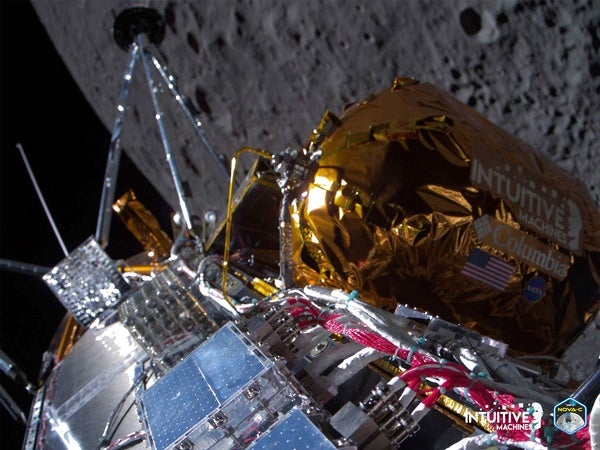 |
| |
| |
| |
| |
| |
| |
| |
| |
| |
| |
| |
| |
| |
FROM THE ARCHIVE
 | | | |
LATEST ISSUES
 |
| |
| Questions? Comments?  | |
| Download the Scientific American App |
| |
| |




